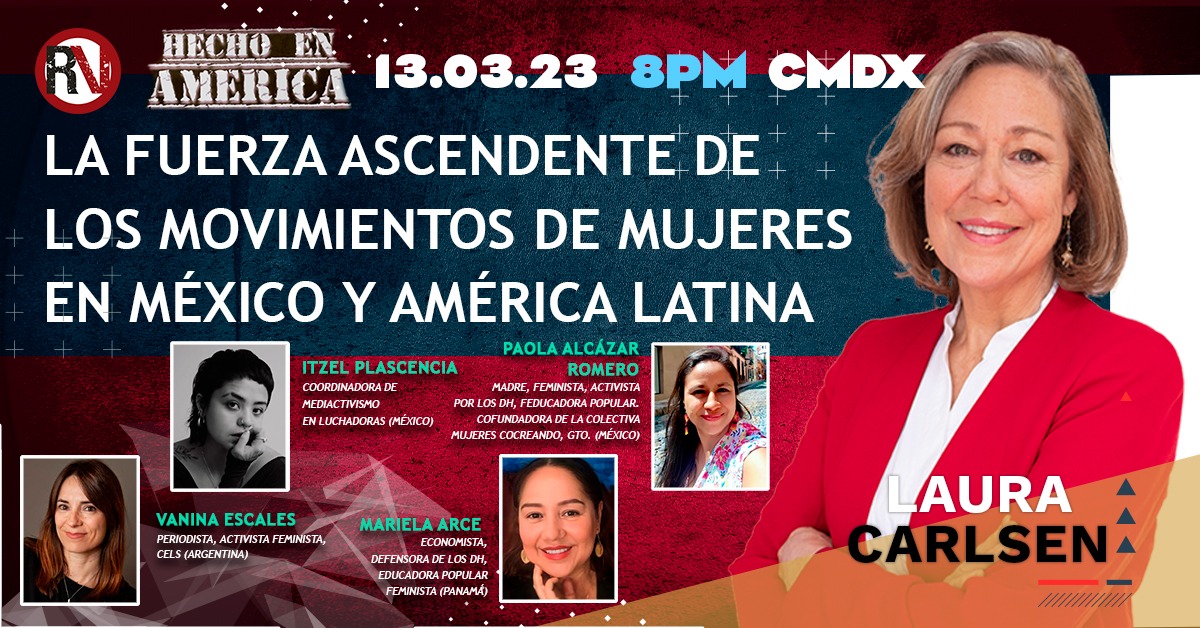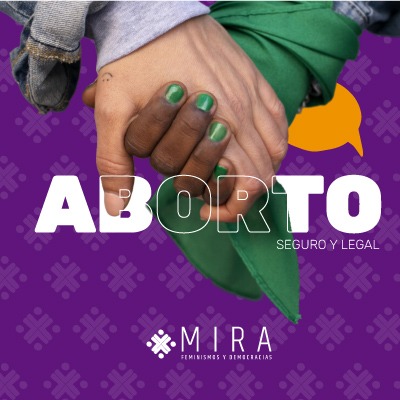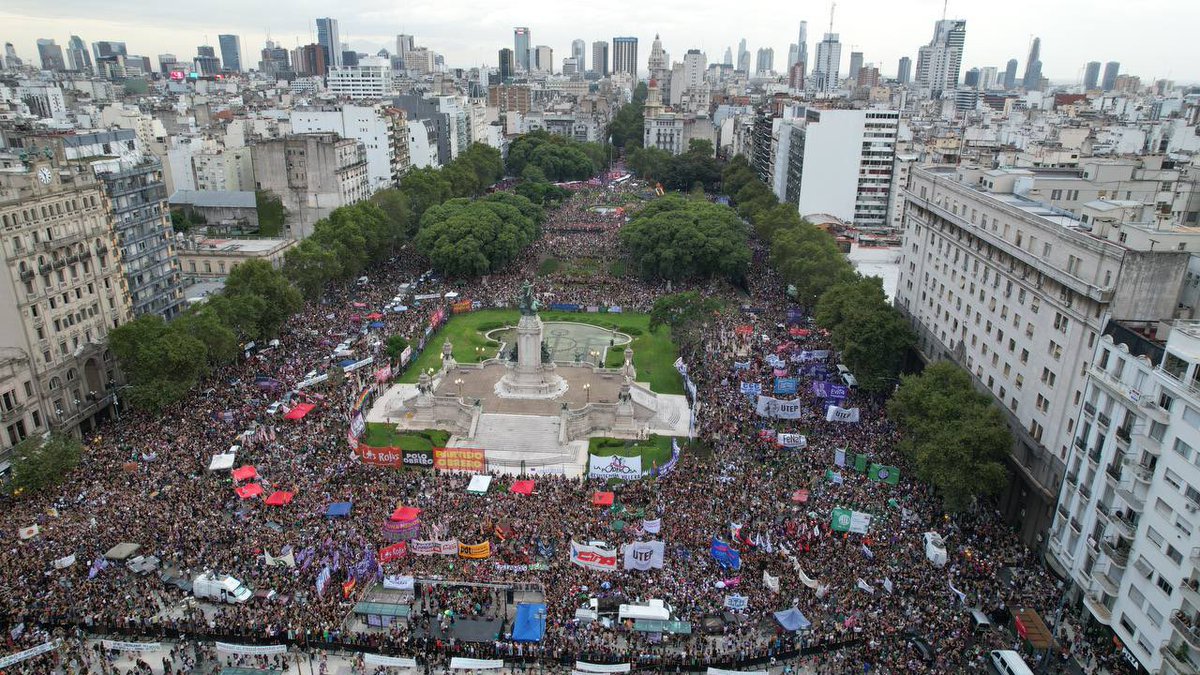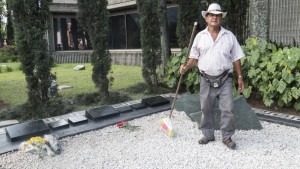 Don Federico sweeps the edge of Pablo Escobar’s black marble tomb. He tells me that, a long time ago, he was selling ice cream at Medellin’s Monte Sacro cemetery, when Alba Marina Escobar, Pablo’s sister, approached him. She offered him the job of taking care of the former head of the Medellin Cartel’s grave, and she promised him a good salary. He enthusiastically accepted.
Don Federico sweeps the edge of Pablo Escobar’s black marble tomb. He tells me that, a long time ago, he was selling ice cream at Medellin’s Monte Sacro cemetery, when Alba Marina Escobar, Pablo’s sister, approached him. She offered him the job of taking care of the former head of the Medellin Cartel’s grave, and she promised him a good salary. He enthusiastically accepted.
The gravestone reads, “Pablo Emilio Escobar Gaviria, December 1, 1949 – December 2, 1993.” At his side are buried his son, deceased at 19, his mother, his father, an aunt, and the governess who raised his children. It is a sober tomb in comparison to the ostentatious and eccentric life of the patrón, as everyone called the capo of the Medellin Cartel.
A well dressed couple in their fifties arrives. The woman approaches Escobar’s gravestone while the husband takes a picture; he tells me they are from Mexico City. “Many Mexicans pass through here,” Don Federico assures me. “Don Pablo was a good man. He helped a lot of people.”
Many in Medellin say they are convinced of the cartel capo’s kindness, despite the fact that the authorities link him to the deaths of some ten thousand people, and that during his “reign” the city became the most dangerous in the world.
Raised in a family of humble origins, in 1989 Forbes Magazine named him as the 7th richest man on the planet, with a fortune upward of 25 billion dollars. Over seventeen years he built the largest drug empire in history: at its peak it infiltrated the U.S. with 15 tons of cocaine daily, utilizing planes and two remote-control submarines.
Pablo Escobar was called the “Antioquian Robin Hood.” He gave money to the poor, he built schools, hospitals, parks and stadiums. He went so far as to construct an entire neighborhood, where sixteen thousand people live who used to live in a garbage dump. Escobar moved them to this district during his campaign for election to the national Chamber of Representatives in 1982.
“Welcome to the Pablo Escobar Housing Project. Here one breathes peace,” reads a mural at the entrance.
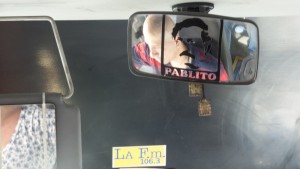 The capo’s generosity was not gratuitous. It easily turned into fame and votes for his campaign. Those who stood in the way of his plans were eliminated. Like the editor-in-chief of the newspaper El Espectador, Guillermo Cano, murdered by his hit men in 1986, after publishing the results of some investigations into Escobar’s illicit activities. Or the then-Minister of Justice, Rodrigo Lara Bonilla, who dared denounce him at a plenary meeting of Congress.
The capo’s generosity was not gratuitous. It easily turned into fame and votes for his campaign. Those who stood in the way of his plans were eliminated. Like the editor-in-chief of the newspaper El Espectador, Guillermo Cano, murdered by his hit men in 1986, after publishing the results of some investigations into Escobar’s illicit activities. Or the then-Minister of Justice, Rodrigo Lara Bonilla, who dared denounce him at a plenary meeting of Congress.
The Patrón lived with his family and some wild animals brought from Africa at the Hacienda Nápoles, a ranch of thousands of hectares where he received politicians, business leaders and journalists. The prison where he moved to in 1991 was no less luxurious. It was called The Cathedral and was located on a parcel of the property of the criminal, who had turned himself in to the authorities in a settlement on the terms of his imprisonment with President César Gaviria Trujillo, in exchange for not being extradited.
Diego Armando Maradona was invited to play a friendly soccer match at The Cathedral in return for an enormous sum of money provided by “a very important person from Colombia.” “When I entered that place, it looked to me like a deluxe hotel in Dubai. They introduced me there and told me, ‘Diego, this is the Patrón,’” the soccer star said. “I greeted him, and the guy was rather formal, kind of cold but also friendly. But since I don’t watch TV and don’t keep up with the news, I didn’t really know who he was.”
Pablo Escobar Gaviria died 22 years ago, on December 2, 1993. According to his family, he committed suicide by shooting himself in the head when he found himself trapped by the police, with no escape route.
“In the 1990s Medellin reached a level of 390 homicides per 100,000 inhabitants, and a good portion of the responsibility for that figure belongs to the advent of the drug trade. It has been a lifestyle choice for many people, feeding off the crisis generated by the drop in industrial production,” Jorge Mejía, Adviser for Peace and Reconciliation of the Mayoralty of Medellin, explained to me in an interview.
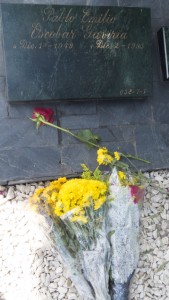 He says that today the death rate is barely above 16 per 100,000 inhabitants. “This reduction in murders and criminality has to do with the fact that a good part of the city rejected the notion of illegality. Pablo Escobar is not fondly remembered by the majority of the population. Besides, the State started to make its presence known in the territory, and there was a strong social investment in the most unprotected sectors.”
He says that today the death rate is barely above 16 per 100,000 inhabitants. “This reduction in murders and criminality has to do with the fact that a good part of the city rejected the notion of illegality. Pablo Escobar is not fondly remembered by the majority of the population. Besides, the State started to make its presence known in the territory, and there was a strong social investment in the most unprotected sectors.”
In 2013 Medellin was awarded the prize of the most innovative city in the world, thanks to the sudden drop in homicides and its investment in infrastructure. The latter led to the construction of Colombia’s only subway, libraries and cultural centers in zones affected by the violence, and escalators and funiculars that give access to the humblest and most distant neighborhoods.
Nonetheless, violence has not been eliminated from the city. What was Pablo Escobar’s cartel of Medellin has transformed into the Office of El Envigado, while from the remains of the narco-paramilitaries of the United Self-defense Troops of Colombia (AUC) the group called the Urabeños has emerged.
“Nowadays we are ‘pacified,’ but photos of disappeared people appear in the media every day,” affirmed Luis Fernando Quijano, Director of the Corporation for Peace and Social Development (Corpades), whom I met in his office. “Over the past 10-15 years, more than 4,000 people have been reported as disappeared in Medellin. This ought to serve as an alert.”
This non-governmental organization signals that the Office of El Envigado and the Urabeños presently control 70% of the territory of the “city of innovation,” and that the non-aggression agreement known as the Pistol Pact, signed between the two groups in 2013, is showing signs of deteriorating.
Orsetta Bellani was born in Italy, and for years she has lived and traveled in Latin America. She works as a freelance reporter and holds a master’s degree in communication and international relations. She writes for The Americas Program americas.org
Translated by Jonathan Tittler

